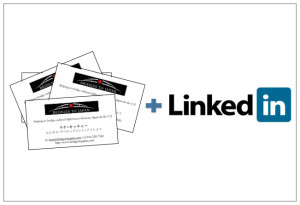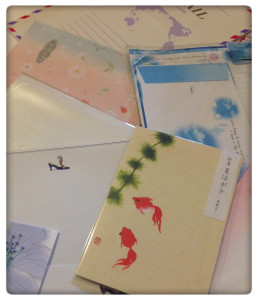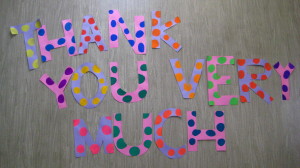Yesterday, El and I went on a mini adventure around SoHo, NoHo, and Nolita, which stand for "
South of
Houston," "
North of
Houston, and "
North of
Little
Italy" respectively. Recently we've been trying to explore small neighborhoods of Manhattan. We tend to have a planning-ahead issue, but once we're out of the house it's easier to pick a destination.
 |
| Courtesy of Yelp |
We started the outing by dropping off some movie posters at a distributor called
Posteritati at 239 Centre Street.
Shortly after, we made our way to brunch by using the famous
Yelp, and found a small restaurant down the street called "
Jack's Wife Freda." It was a very small establishment, but had great food and an even better wait staff. It had a very homey atmosphere, El ordered a Medeteranian Breakfast dish, and I got a tofu chili. There were some fries included within the chili which I think were actually
daikon.
 |
| Courtesy of inspiredtaste.net |
If you're from NY most likely already know that brunch is a big deal on the weekends, especially Sunday. Brunch can be anywhere from 10 am to 5 pm. Typically, restaurants and some bars open up their outside tables during the warmer seasons and serve patrons breakfast or lunch, many also choosing to get the "necessary" mimosa. I have yet to get one myself, but I am thoroughly enjoying Saturday and Sunday brunches. There are tons of quaint restaurants available, and I only wish I could afford to visit them all.
(If you're interested in learning more, you can read this article from The New York Times entitled "
Brunch, The More Bizarre The Better" by William Grimes.)
When I knew that I would be moving to NY, I bought the
Lonely Planet New York City Guide. I use it often to see what locations and events attract people to the city, and sometimes use it for walking tours or location recommendations. El is always embarrassed to be seen with it, because he thinks it makes us look too much like tourists. "The way we speak to people is enough to indicate that we're not native New Yorkers," I told him, trying to prove that it's not a big deal. "Yeah, but I'd rather be recognized as 'from out of town' than as 'tourist.'"So we sat eating our chili and eggs, conspicuously looking up places from the book under the table and "out of sight."
After about 20 minutes, I noticed some odd behavior by the man sitting at the table next to us. It wasn't so much odd as
different from the rest of the patrons. He was sitting at a small table by himself, reading the full Saturday Times. Something about his demeanor made me think that he may have been someone famous, and I tried to figure out who he might be. An author? A poet? He definitely looked like a creative type by the way he was going about his breakfast.
It turns out he was
Jimmy Wright, pastel artist. Not terribly famous, but funny that I should be able to recognize he was an artist simply by his slight eccentricities.
After brunch we decided to do the walking tour of our immediate vicinity, traveling through NoHo, Nolita and SoHo. Although we did the walking tour a little out of order (and took a detour to Shakespeare & Co booksellers), the main points that we hit were:
1) Cable Building
2) St. Patrick's Old Cathedral
3) Singer Building
4) Haughwout Building
5) New York Earth Room (although we weren't actually able to locate this one)
Page 87 of lonely planet NYC, and no, I am not a LP spokesperson. :)
Some other resources that I've been using for my NYC kicks include:
The nicest part of the walk was being directed down major and minor streets, seeing the tourists and New Yorkers alike go into the same shops, talking with friends, and taking photographs of the world around them. I particularly enjoyed watching all of the street fashion, and sometimes wish that I was a street fashion photographer. I could partner with my fellow Denison Alumni, Lily Schlosser, founder of
Lucky Star Fashion.
Happy Sunday!
-L
If you have any questions or comments, please feel free to leave some feedback or inquiries in the comment section below. I look forward to hearing from you!












































